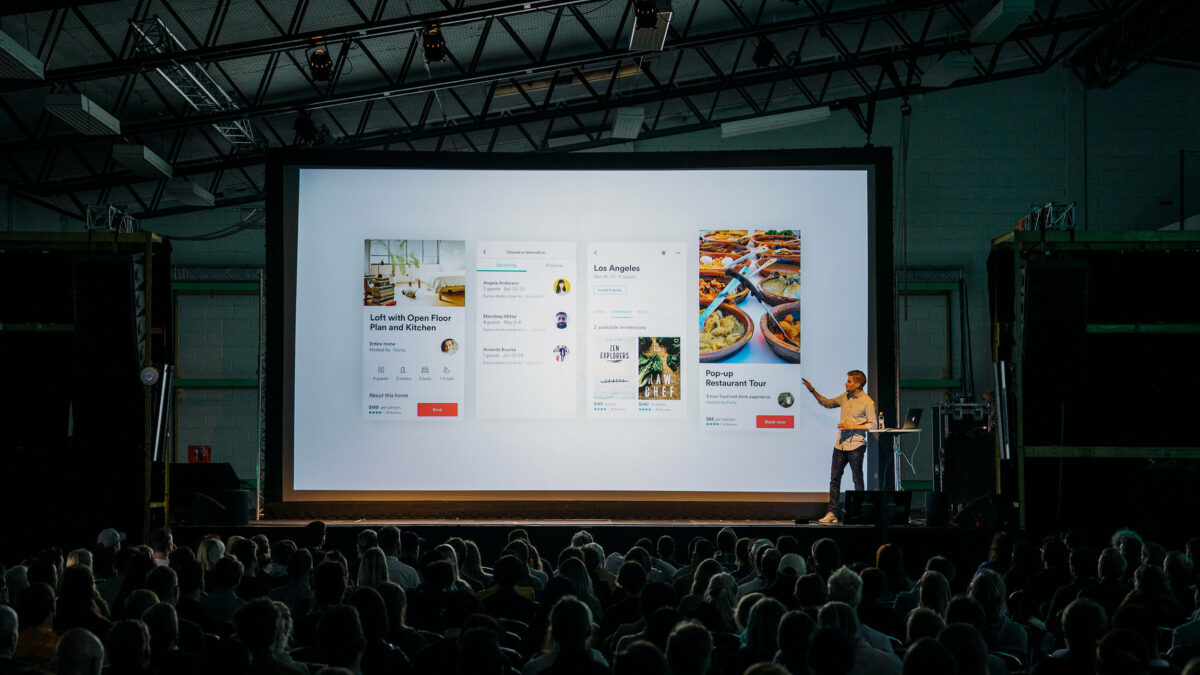
For the many years that I have been researching IT, there has always been a clear distinction between certain types of applications. One, for example, distinguished “B to B” (business to business) applications from those for “B to C” (business to consumer). B to B applications were for business customers, and the focus was on serving and selling to entire enterprises, not individuals. B to C applications were focused at the individual consumer.
Another classic distinction involved product vs. service applications of IT. IT in the product made it smarter and more effective—think about microprocessor applications in automobile engines that optimize combustion, for example. Or games on game platforms. Service applications let organizations monitor and predict the state of their products and dispatch repair personnel when they break. Again, two largely separate fields.
These classic distinctions, however, are breaking down—in large part because of emerging technologies like the Internet of Things (IoT) and artificial intelligence (AI). I thought about the issue recently when speaking with the CEO of KONE, Henrik Ehrnrooth. KONE is in the business of moving people; the Helsinki-based company (KONE means “machine” in Finnish) makes elevators and escalators, and describes itself as being in the business of improving urban people flow.
In the old days, any IT in KONE would be strictly B-to-B and product-based. But the world is clearly changing. KONE is applying the IoT and AI to its business in a way that muddies the waters of application classification. It is producing applications that are used by consumers, and putting IT in products that benefit service processes.
The consumer-oriented applications are the sexiest. KONE elevators and escalators are sold, of course, to building developers. But the company recently worked with IBM’s Watson (mostly the Watson IoT offering) to show how elevator services can be squarely aimed at consumers. “Machine Conversations” is a marketing campaign based on an IoT services application called KONE 24/7 Connected Services. The application captures data about elevator location, movement, and performance in various locations around the world and puts it into the cloud. The marketing campaign translates the data on elevator operations into speech that consumers can listen to (which you can do here).
Why would consumers listen, you might ask? Well, it humanizes a device that most people don’t view as particularly human. It also persuades the listener that the elevator is supremely capable and knows what it’s doing. I suppose it’s possible that conversations might influence architects and building developers to specify KONE elevators in their designs, but that may be a far reach. But it’s certainly building the KONE brand in an innovative way, and it’s not surprising that the company’s ad agency (hasan & partners) was the initiator of the idea. A company can do cool technical stuff like gathering elevator data and putting it into the cloud, but it needs to come up with equally cool marketing ideas for anyone to notice.
The somewhat more substantive applications at KONE are those that bridge the product/service gap. Like a number of companies these days, KONE is analyzing the data from elevators to predict when something might go wrong before it actually does. All that data that’s turned into cute vocal messages is also analyzed to see whether it portends a problem.
If it does, KONE’s plans for improved services will mean a case is automatically opened in the Salesforce Service Cloud, and the closest repair person is dispatched to fix the machine. But AI comes into play here too. The “Einstein Layer” of Service Cloud analyzes the likely problem and compares it to previous service calls. Based on that comparison, it recommends the tools, parts, and repair techniques that are most likely to be needed on the service call. This increases the likelihood of a rapid, successful repair. Einstein can even assess which technician in the field has the requisite skills and tools. These capabilities are in pilot mode today but will be rolled out fully in 2018.
The KONE example suggests several trends in information technology. One is that the old application categories will have to be modified for the new technology world we live in today. Two, KONE is one of the first companies to work with the partnership between IBM and Salesforce, and to use both Watson and Einstein. I think we’ll see more of this multi-vendor collaboration in the AI domain going forward. Three, it’s clear that with all the data that the IoT will make available, companies will have to use AI to make sense of and take action on it all. Fourth and finally, it’s clear that even for industrial firms like KONE, marketing your technology to the world is just as important as implementing it.
This post was originally published on LinkedIn Pulse